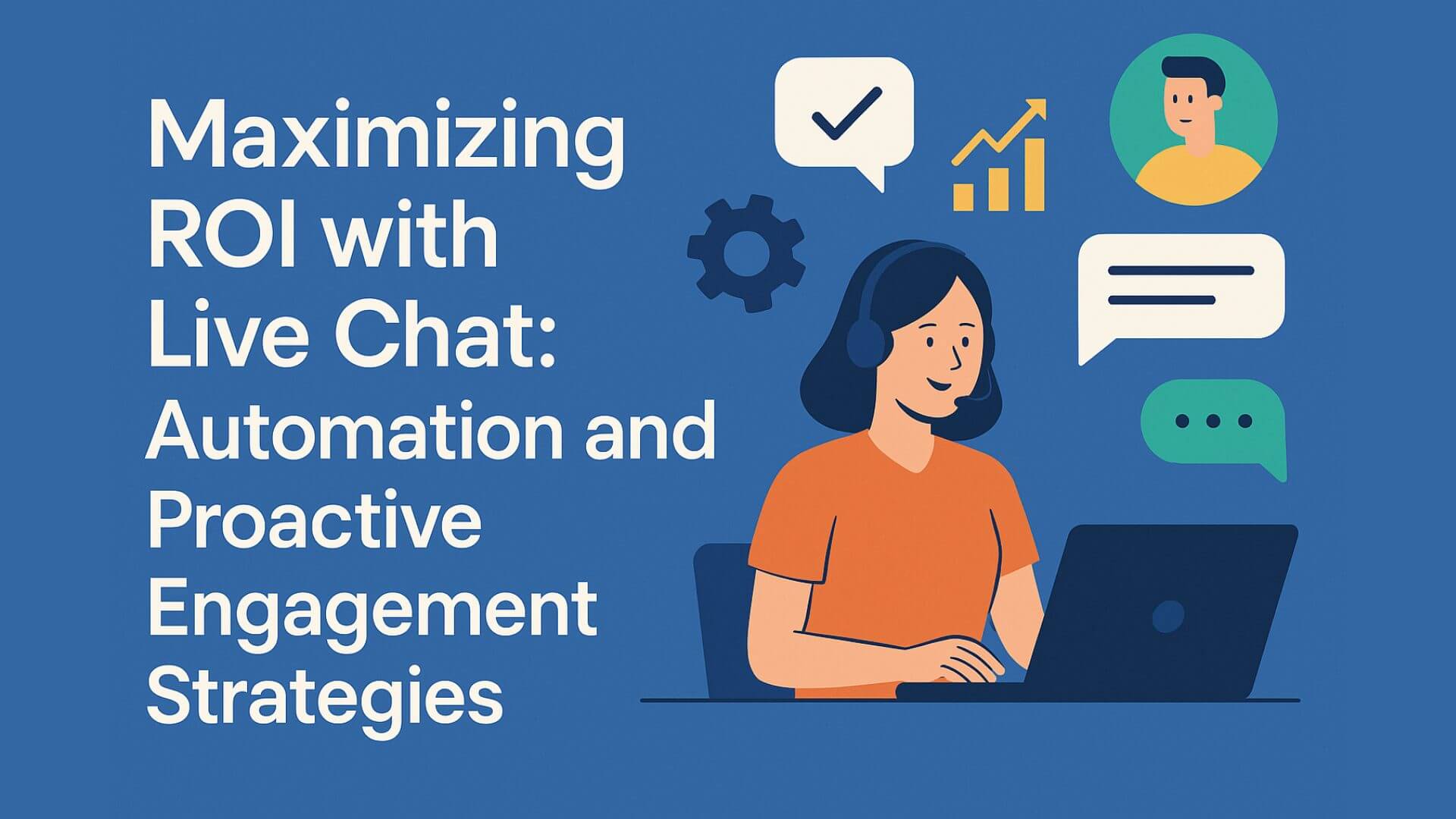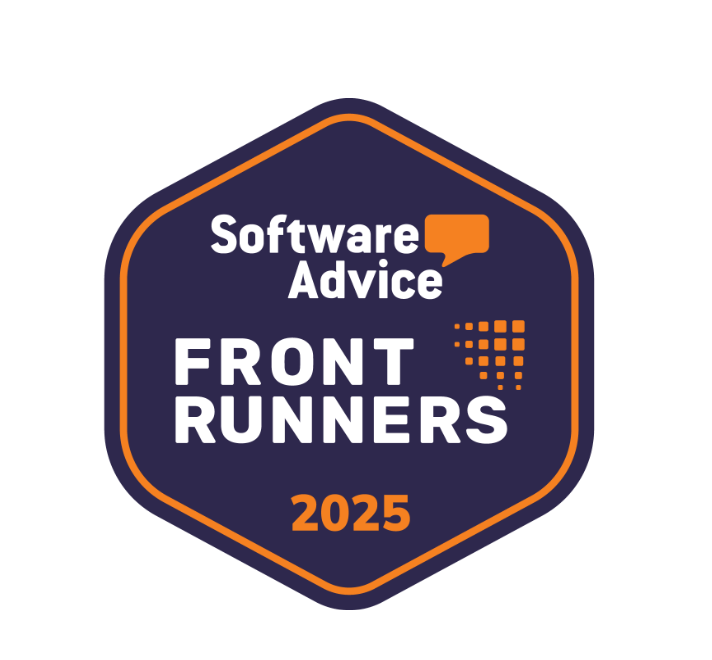
In the fast-paced world of the software industry, customer feedback is more than just valuable—it is essential. Creating a seamless feedback loop is critical for the evolution of service offerings, enhancing customer support, and ultimately determining the success of a SaaS company. Feedback loops enable the constant refinement of service features and offerings by incorporating real-time data from the end-users. This dynamic process is fundamental in ensuring that companies are always attuned to their customers’ needs and preferences.
How TeamSupport Can Help
At TeamSupport, we understand the pivotal role that data and analytics play in driving transformative customer support strategies for SaaS companies. Our accessible AI-powered platform is designed to help support teams spend less time on manual tasks and more time building stronger relationships with customers. Our comprehensive suite of features includes:
- Intelligent Ticket Management: Streamlined ticket routing, prioritization, and automation to ensure efficient handling of customer inquiries.
- Robust Reporting and Analytics: Customizable dashboards, advanced analytics, and visual insights to help you monitor key metrics and uncover actionable trends.
- Collaborative Support Workflows: Tools that facilitate seamless teamwork, knowledge sharing, and cross-functional collaboration to enhance the overall support experience.
- Proactive Customer Engagement: Automated, personalized communication and self-service options to empower customers and reduce the burden on support teams.
- Intuitive Agent Interface: An easy-to-use platform that allows support agents to focus on delivering exceptional customer service, with the data-driven insights they need at their fingertips.
By partnering with TeamSupport, companies can unlock the full potential of data-driven customer support, driving continuous improvements, enhancing customer satisfaction, and ultimately, gaining a competitive edge in the ever-evolving landscape of software.
The Role of Continuous Customer Feedback
Continuous customer feedback plays a crucial role in refining support services and product offerings. Here’s why:
- Enhancing Product Features and Services: By constantly collecting and analyzing feedback, companies can make informed decisions about which features to modify or update. This ensures that the product remains relevant and continues to meet the evolving needs of the customer base.
- Improving Customer Support: Feedback provides insights into how effective your customer support services are. If customers consistently point out issues with response times or resolutions, this is an invaluable opportunity to optimize and improve your support structure.
- Building Stronger Customer Relationships: When customers see that their feedback is not just heard but acted upon, it fosters a sense of loyalty and trust. This strengthens the relationship between the company and its customers, leading to higher customer retention rates.
Methods for Collecting Feedback
- Surveys and Questionnaires: This has been a traditional method for gathering feedback. These can be sent out periodically to collect data on customer satisfaction and to understand areas needing improvement.
- Customer Interviews: These provide a more in-depth understanding of customer experiences. While more time-consuming, interviews can unveil detailed insights that surveys might miss.
- Feedback Forms: Embedded within the software or service platform, these forms allow users to provide real-time feedback as they interact with different features.
- Customer Support Interactions: Every interaction with customer support is an opportunity to collect feedback. By analyzing support tickets and conversations, companies can gain insights into recurring issues and customer sentiments.
Analyzing and Implementing Feedback
- Data Aggregation: Collect all the feedback data in one place. This could be through a CRM or a feedback management system.
- Sentiment Analysis: Use advanced analytics to gauge the sentiment behind the feedback—whether it’s positive, negative, or neutral. This can be achieved through AI-powered tools.
- Prioritization: Prioritize feedback based on factors such as the number of requests for a particular feature, the severity of issues, and the potential impact on customer satisfaction.
- Implementation and Continuous Monitoring: After implementing changes based on the feedback, communicate with customers to monitor the effect of these changes.
Benefits of an Effective Feedback Loop
Let’s explore some tangible benefits:
- Enhanced Customer Satisfaction: By continually refining your product and services based on customer feedback, you will likely see a significant uptick in customer satisfaction and loyalty.
- Proactive Problem Solving: An effective feedback loop allows you to identify and solve issues before they become widespread problems, leading to proactive customer support rather than reactive.
- Competitive Advantage: Companies that adapt quickly to feedback are usually the ones that stay ahead in the market. This responsiveness can give you a significant competitive edge.
- Improved Product Development: Better understanding customer needs leads to a more relevant and useful product. This not only keeps current customers happy, but also attracts new ones.
Embracing Customer Feedback Loops
A continuous customer feedback loop is no longer a nice-to-have, but a must-have in the SaaS industry. It is the backbone that supports product development, customer service enhancements, and strategic decision-making. With the right tools and methodologies, such as those provided by TeamSupport, SaaS companies can harness the power of customer feedback to drive long-term success.


